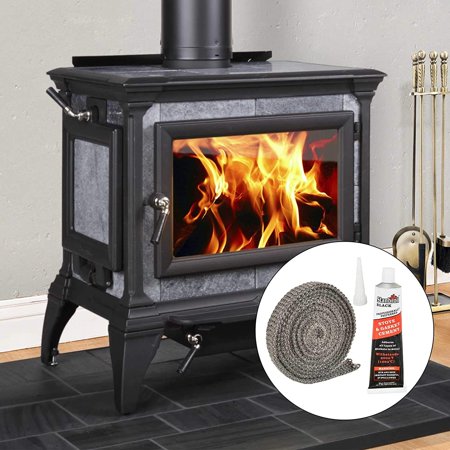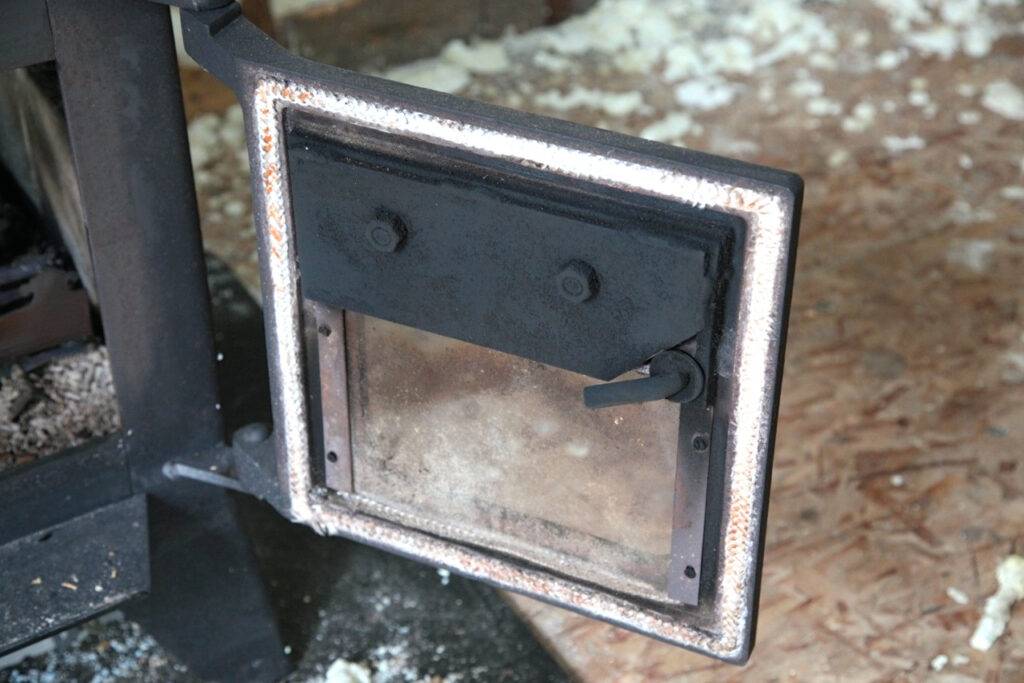Add some methylated sprits onto a clean cloth. Load towards the back of the stove:
How To Safely And Effectively Remove Tar From The Inside Of A Washing Machine Tub - Quora
As the fire burns hotter, add a few aluminum cans to the fire.

How to keep tar from sticking to stove gasket. The gasket prevents things like dust and dirt, fluids, gases and electrostatic discharges from prohibiting your engine from running at peak efficiency. Adjust the flames of the burner as necessary to melt the tar while staying a safe 25 degrees below the flashpoint of the material. Maintaining the air inlet through regular cleaning.
While clear tubing is discreet, you can purchase other colors if it better fits the look and style of your kitchen. Lay the gasket around the stove door (without pulling at it). Local woodstove shops or hardware stores may carry kits or their component parts.
Wet or oily wood produces much more smoke in wood burning stoves than seasoned hardwoods. The brittle tar can be removed by sweeping. Use a pellet stove glass cleaner on the glass front after each use or at least once a week to keep soot from building up on the panes.
Thoroughly clean the burn pot and fuel feed components at least once per ton of fuel consumed. I don't think it's a problem to go ahead and fire up your stove. When reloading wood stoves, you should rake the coals towards.
They create a physical barrier between two parts. Wash your cast iron cookware before using it. Add the aluminum cans to a fire already burning quite hot.
If you have extra, try it on a sample piece first. A small hot fire is better than an overloaded fire. You can check this with a moisture meter.
The chemical rises up your chimney acts as a catalyst for the tar. Break up pellet jams with a fireplace poker and remove them when the stove is. If you have a large amount of tar, or if adding a specialised product to your fire has not worked, then a full chemical clean is recommended.
Gaskets play a vital role in engine operations. This causes it to crystallise and harden. Push the tubing into the gap until it is level.
When wood or coal is burnt impurities are present in the flue gases released. Because a stove is a lot more efficient than a fireplace (often 75%. Once heating is completed, carry the.
It isn't like nylon rope where you can melt the ends to stop them from coming apart. My suggestion, do a deep cleaning, check all. Add the soap, cover the racks with very hot water, and after soaking they should wipe clean quite easily.
16 gasket application mistakes to avoid. Heavy smoke is a sign that creosote may be forming. Use an ash vacuum to remove ash quickly and easily.
This involves warming the flue and using an air. I replaced my gaskets on my stove last year and by the middle of the season the ends of the gasket on the top loading door frayed back about a 1/2. This also cuts down on having to clean up any spilled ash or allowing the ash to spread into the air with each scrape and scoop of the grimy.
Kind of a contact cement/sealant. Make sure the end of the tube is butting the wall before securing it. Some material you can take a lighter to and actually melt it so it stops fraying.
Also in the kit should be a tube of adhesive for your channel, to hold the gasket in place. Keeping on top of cleaning the glass. Perhaps the main cause of blackening of stove glass is the burning of unseasoned wood.
Using your fingers, push the tube into the space between your counter and stove. Sticking to seasoned hard woods helps minimize the smoke produced, and is good for efficient burning too. Using unseasoned wood means energy is used.
Supplying demand carries over one thousand parts for appliances, hvac, and plumbing, as well as repair tools and cleaning products.tired of the tiny pieces o. Clean and dry both parts and coat the sealing surfaces and both sides of the gasket. Let it dry and stick the parts together.
Remember to line your tub with a shower curtain, old bedsheet or something similar, to. Cleaning the stove regularly in line with the manufacturer’s requirements. Tar and soot condensates in chimneys.
It is recommended to use at least one or two sticks in your outdoor wood stove per month, and two sticks during the final week before shutting down the boiler for summer. Purchase a gasket kit, which includes a length of fiberglass gasket that is long enough for your stove and in the correct diameter. Start to wipe away the rubber.
One popular diy trick to prevent creosote buildup is to add a mixture of borax and salt to your fire approximately every two weeks. Use a small amount of wood and refill box often. Use it all the time on the late model stuff at work.
Maintaining the right air supply to the fire using the damper (if available). If you find that the rubber isn’t coming off (like i did with this camera) you will need to apply several times. Comes in a spray can at most parts stores.
Most poly cord is like this. I am going to replace them again this year but i was wondering if there was any trick to keeping them from fraying. The best gasket in the world is useless unless properly.
The joint locations for the gaskets on our particular model of multi fuel stove. Cut the end of the gasket where it meets the start. This may not work, depending on your material.
Leave a small amount of extra rope at the end so that it can be squashed up against the start to provide a good seal. Just make sure you got it lined up right the first time. To do this, simply mix 4 cups of borax with 1 cup of salt (basic table salt is fine).
Keep rubbing at the plastic and eventually the rubber will start to be removed. Sticky buildup usually denotes a serious deficiency in airflow through the fire, pellet stoves should be able to burn clean in all heat ranges, if you are experiencing this type of buildup in the low ranges you have a restriction of airflow through the burn pot itself most likely, this can come from a loaded up flue or exhaust pathway. It's good practice to heat the roofing tar batch by batch to ensure its quality.
Go outside and check the chimney. This can help the early stages of creosote to flake off and fall down into the fire. 50 degrees c is the dew point of the condensates in the flue gases and tar and impurities in the flue gases will condensate on surfaces in the flue and chimney.

Stove Terminology & Parts | Heat Design Spares | Stove Spare Part Stockist | Dublin | Ireland

Wood Stove Maintenance - Tiny Wood Stove

Woodstove Door Gasket Replacement An Easy Necessity | Harrowsmith Magazine

Peel & Seal Instant Waterproof Repairs 6-In X 25-Ft Aluminum Roll Flashing In The Roll Flashing Department At Lowes.com

Flashing Membranes: Choosing And Installing